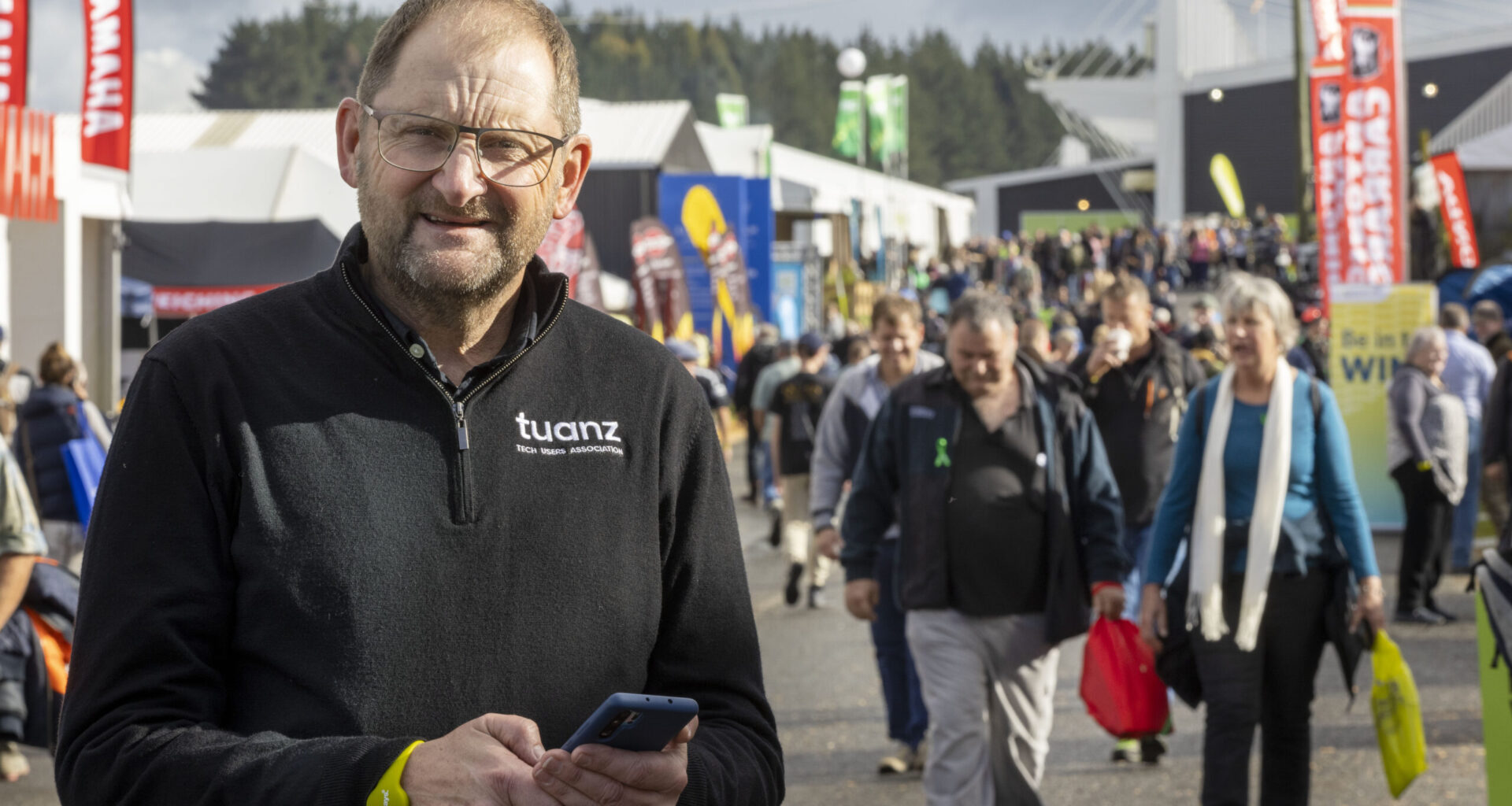Reading Time: 2 minutes
The risk of rural connectivity decaying due to a lack of continuing infrastructure investment is a key concern identified by Technology Users Association of NZ CEO Craig Young in the latest Federated Farmers connectivity report.
The report says New Zealand’s much touted rural connectivity has become patchier, with quality of connection now an even greater issue than the breadth of coverage across rural NZ.
“The survey identifies that 99% of NZ now has internet access. But the quality of the service across the board seems to have decayed regardless of the service users have access to,” Young said.
In the report, 26% of respondents said they had seen a decline in their rural internet connectivity, with 60% reporting no change and only 13% reporting an improvement.
Wireless broadband leads as the key source of rural internet for 44% of users, with satellite close at 36%, a jump from 19% at the last survey in 2022.
Young said it could be that usage demands are outstripping the technology in place in certain sites.
“We have seen this before in certain parts of the country. We cannot stand still on this stuff. It is not a one-off investment and has to be continually upgraded.”
Young also noted with concern that 12% of rural users are still using 3G services, despite the technology being due to be shut off at the end of this year.
“This suggests to me that … the message may still not be getting out there.” Its use has, however, declined from 34% at the last survey.
The survey also found mobile coverage across the rural highway network is still vulnerable to drop-outs, with 86% of respondents confirming problems.
“You can understand if the level of coverage on farm is a bit patchy at times, but it is concerning we have this issue on the highway network when funding was set aside to deal with this.”
The $50 million Mobile Black Spot Fund was established in 2016 to improve coverage across 1400km of state highways, alongside the Rural Broadband Phase 2 initiative.
“But we still seem to have these areas where it remains an issue.”
Rural users appear to welcome the Starlink satellite network’s impact on connectivity, with over a third relying on the tech.
But Young cautioned about the reliance on one provider.
There were promises made over a year ago by Amazon that NZ would be the first country in the world to benefit from its Project Kuiper low level satellite network.
The project intended to launch 3200 low Earth orbit satellites with NZ early in the launch window. As of this month it has reportedly launched only102 satellites.
“We have not been part of the discussions the company has had in private about the project.”
Young said it is also essential that if there is going to be greater reliance on satellites then more than just text capability using it has to exist.
Fibre remains the gold standard for high-speed connectivity, but is an elusive optimum for many rural users with only 3% having it. That is up from 1% three years ago.
While it is costly, Young said it could be possible for a collaborative, nationally focused effort to see more fibre in rural areas. But the government does not appear to be focused on such a major project.
“However, it is election year next year, and we will be taking this information to the government for them to take on board.”
Farmers Weekly Poll
Is your internet connection better than it was two years ago? Let us know here.

